James Casebere imagines a near-future of flooded landscapes
Reflecting on the climate change emergency, the American photographer (and force of nature) takes us to the water's edge
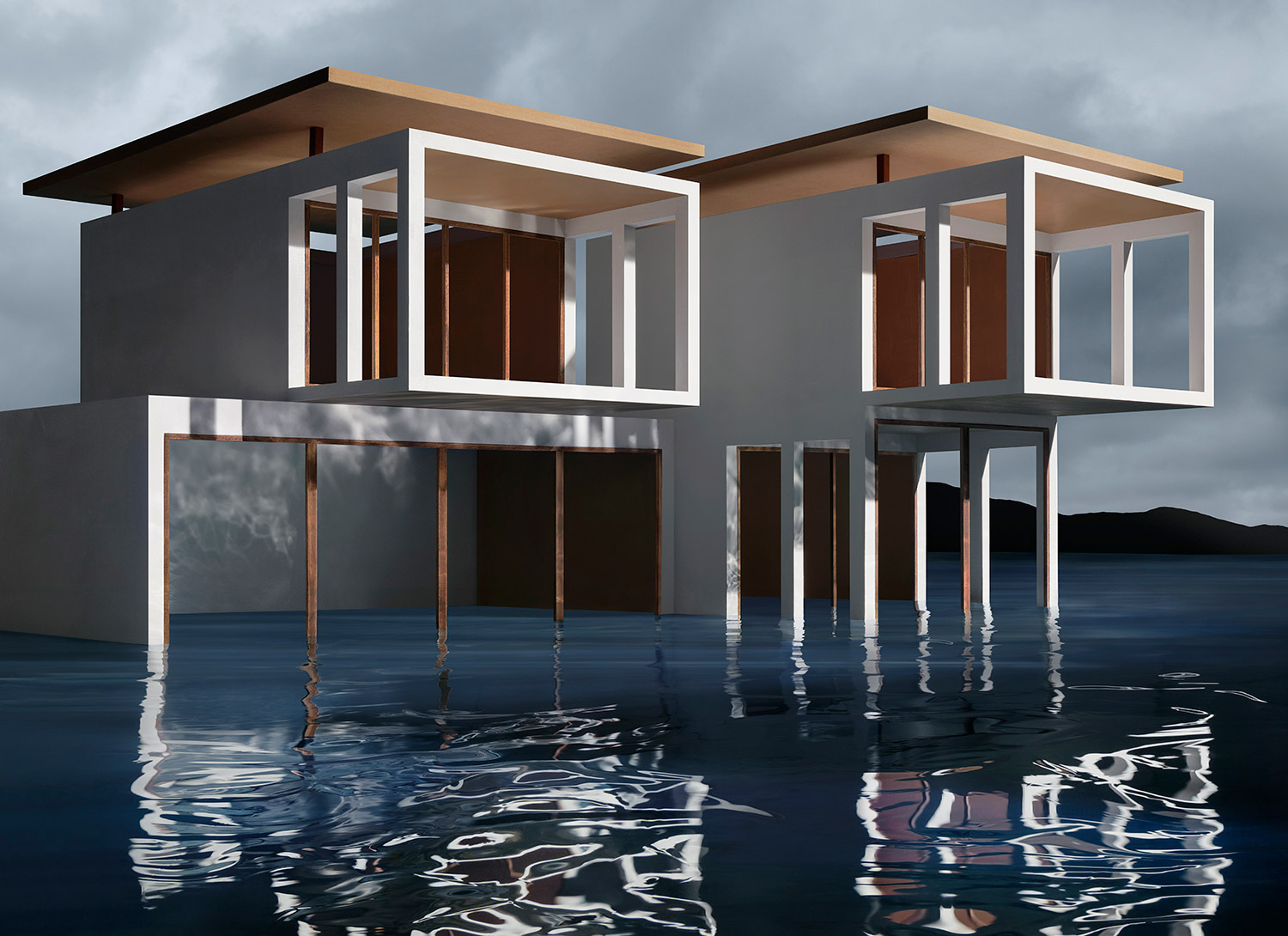
Throughout his 25 year-long practice, New York-based artist James Casebere has channeled societal and political anxieties into artfully constructed photographs, from his prison images of the mid-1990s to Landscapes with Houses (2009-2011), exploring urban areas blighted by mortgage foreclosures and the ‘absurdity of living in this carbon-heavy economy’. Later, he would turn his lens to Luis Barragán’s architecture in response to rising populism, while the series The Sea of Ice (2014) reflected on climate change. ‘It always seems to work for me creatively when a personal emotional experience segues with a social or political concern,’ Casebere explains.
So to Paris, where his current exhibition at Galerie Templon, ‘On the Water’s Edge’, considers the looming threat of environmental disaster through a series of hybrid structures anchored in flooded landscapes. Recalling the impact of Hurricane Sandy and helping friends to evacuate and rebuild in its devastating wake, the artist was humbled by surfers who would brave the storm surge. ‘With that example, I contemplated designing structures as sanctuary for people at risk of displacement – temporary shelters that are a bit like hostels,’ he adds. ‘I liked that these structures could be built to withstand the storms, and could stand proudly facing the horizon on the sea.’
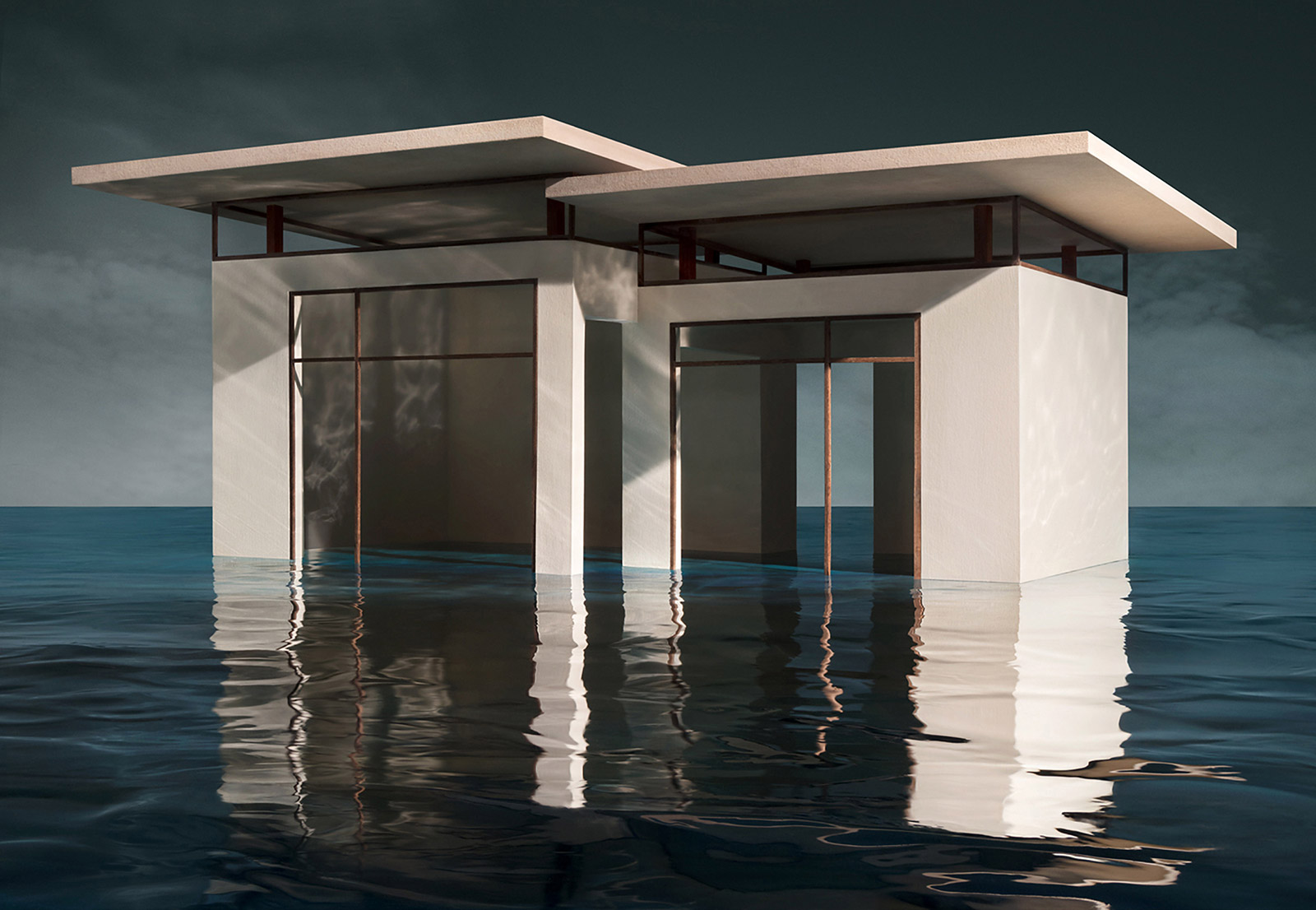
Nalu Tan, 2018, by James Casebere.
Each photograph is painstakingly produced in his studio: the Michigan-born artist begins by building scale models, which he then finishes with a complex lighting, colouring and image production. Here, Casebere makes a conceptual departure, taking the role of architect himself in designing and constructing these pavilions ‘of peace, where every refugee can find refuge’. It’s an homage to the dual nature of our relationship with nature: we are both vulnerable to and reliant on its power.
RELATED STORY
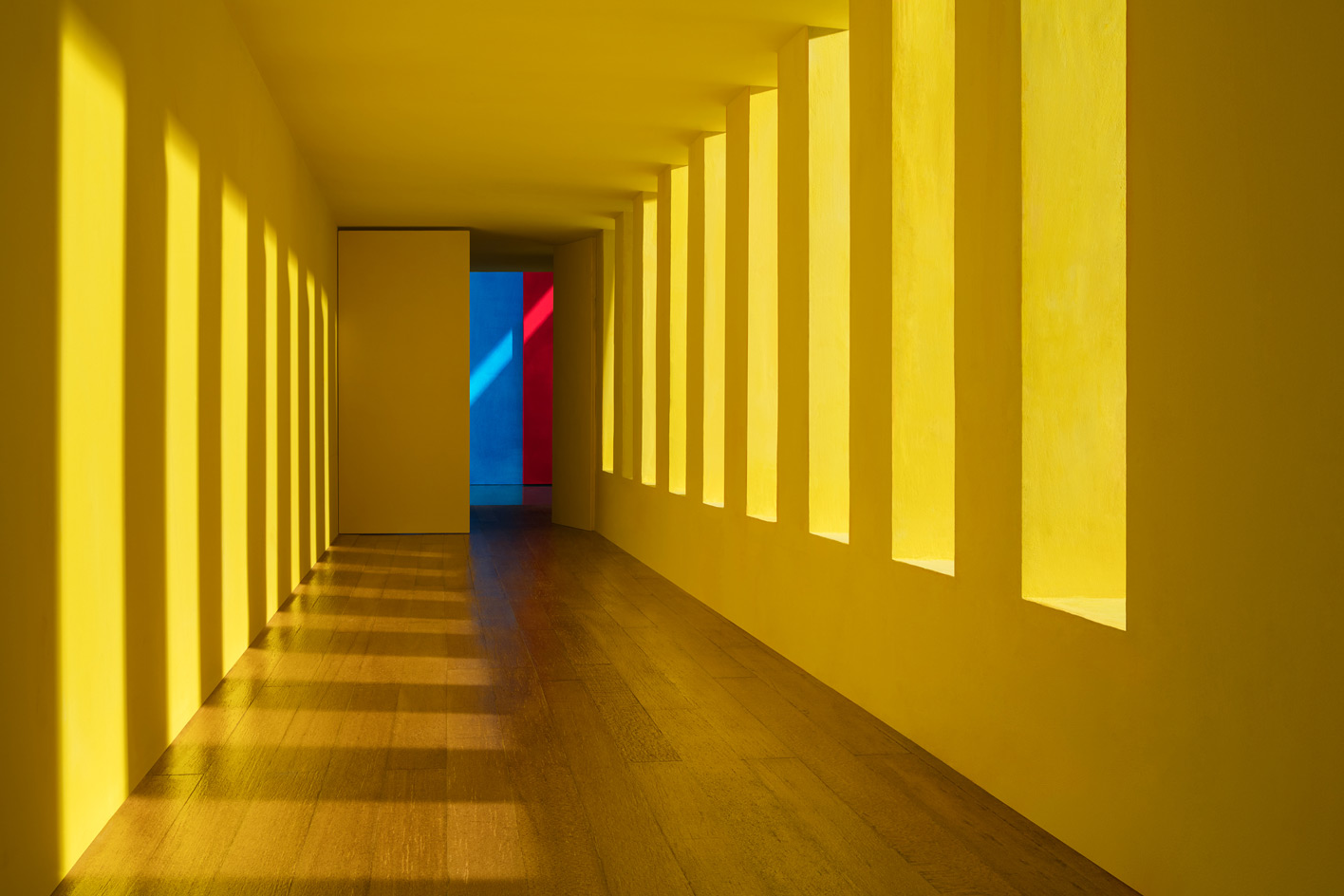
‘As I began dealing with architectural principles I realised that a number of architects had started their careers by either designing lifeguard stations (Pascal Flammer), or incorporating them into beach houses (Frank Gehry),’ he says. ‘There is something archetypal about that structure, signifying home, safety, and security, amid the unbridled forces of nature.’ Similarly, the composite ensembles evoke Paul Rudolph’s mid-century modern Florida houses, brutalist architecture, and the early 20th century Arts and Crafts movement.
Proponents of climate activism such as Greta Thunberg have done a great service in spurring debate – but what impact can artists have? And is there an audience willing to enable radical change? The topic of climate change has become as divisive as politics: Thunberg has been feted, applauded, empowered, vilified, pitied, and mocked. Casebere, however, remains undeterred. ‘The activist in me wants to say that I hope people will be inspired to face our challenges with fortitude and conviction, to be undaunted in the face of great odds, and to direct our collective energies toward dealing with the crisis,’ he says.
‘On the other hand, I have been thinking about the role of art and asking myself what can I, as an artist, accomplish? To what end do I make this work? Who and what can the work serve? Is it enough for art to bring pleasure, joy or a reprieve from suffering? Personally, I think it can do both, and it is not possible for me to proceed as an artist without addressing larger issues that concern me.’
Ultimately, Casebere is not such a doomsayer as he is a cautious optimist. ‘I hesitate to be too ambitious about this,’ he says, ‘but I feel like [On The Water’s Edge] involves a sense of playfulness and I hope people will come away with a sense of hope about our personal and collective ingenuity, resourcefulness, creativity, and resilience.’
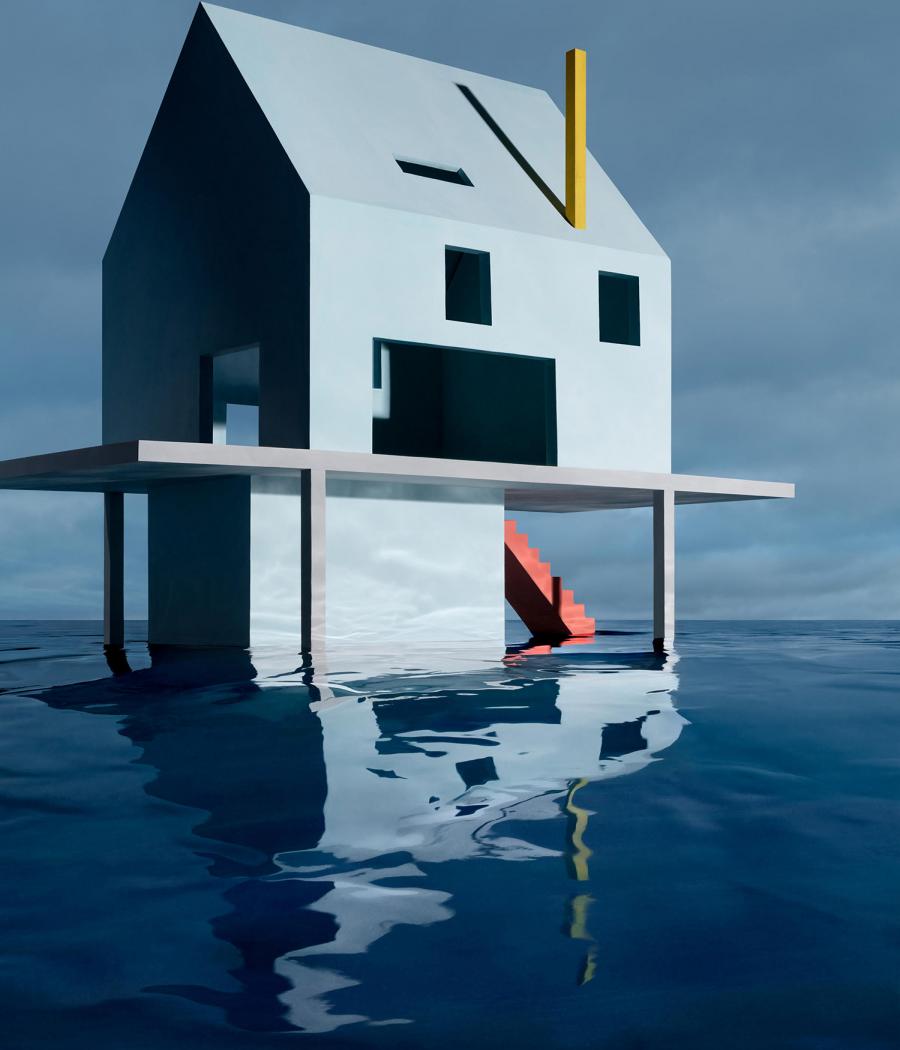
Blue House on Water 2, 2018, by James Casebere.
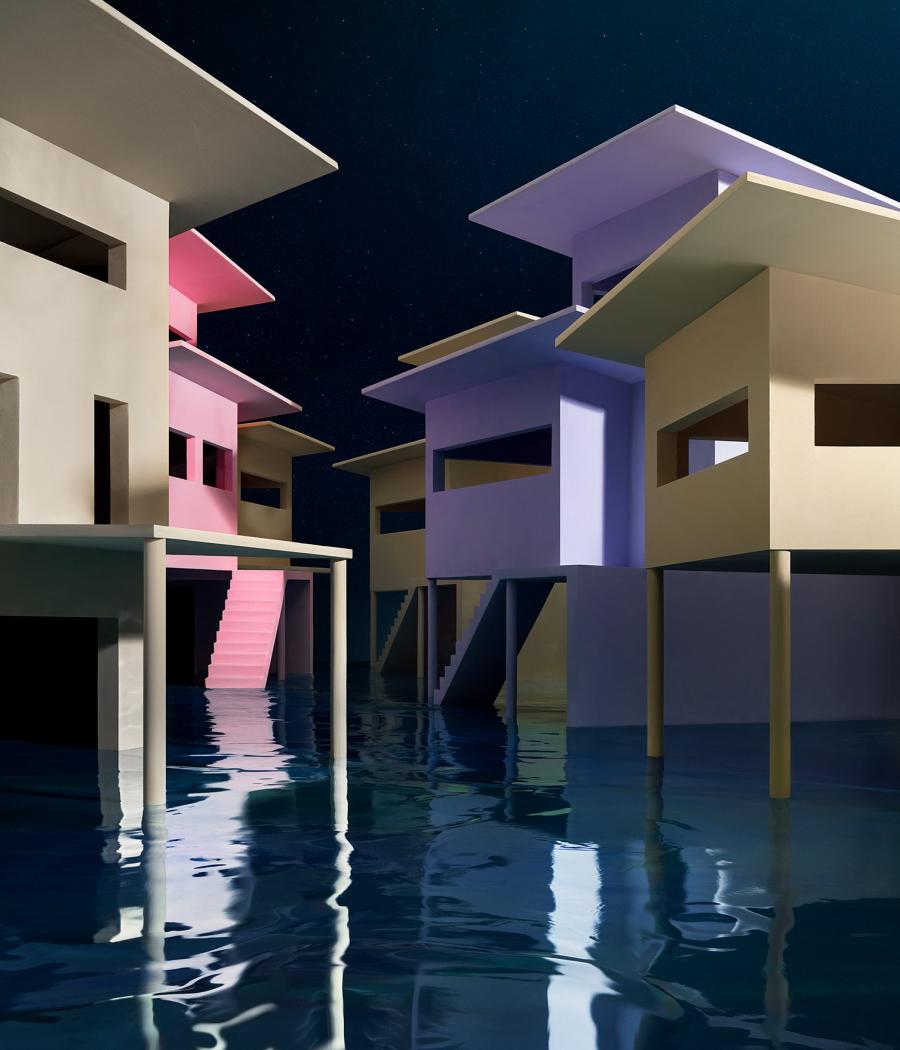
Flooded Streets, 2019, James Casebere.
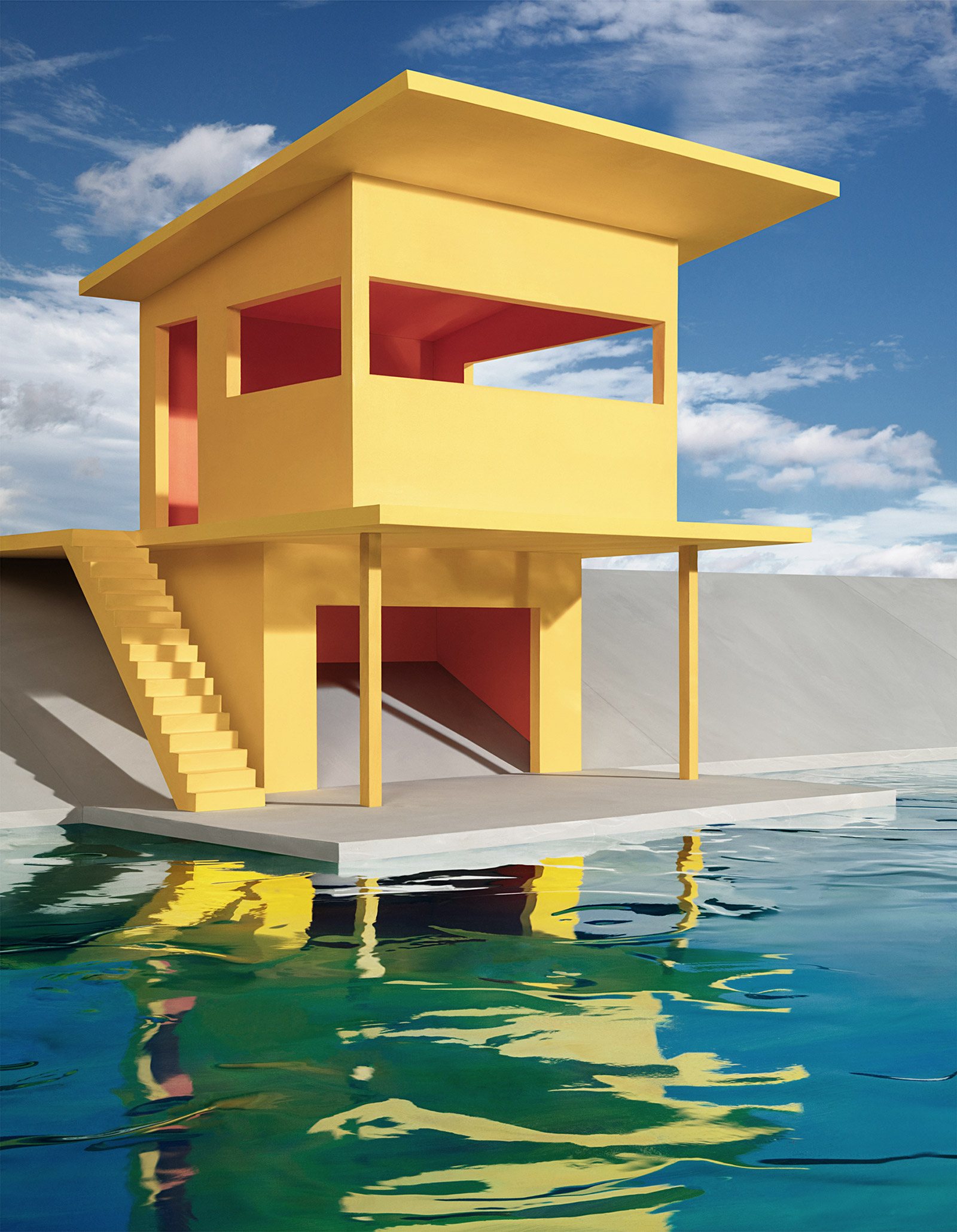
Bright Yellow House on Water, 2018, by James Casebere.
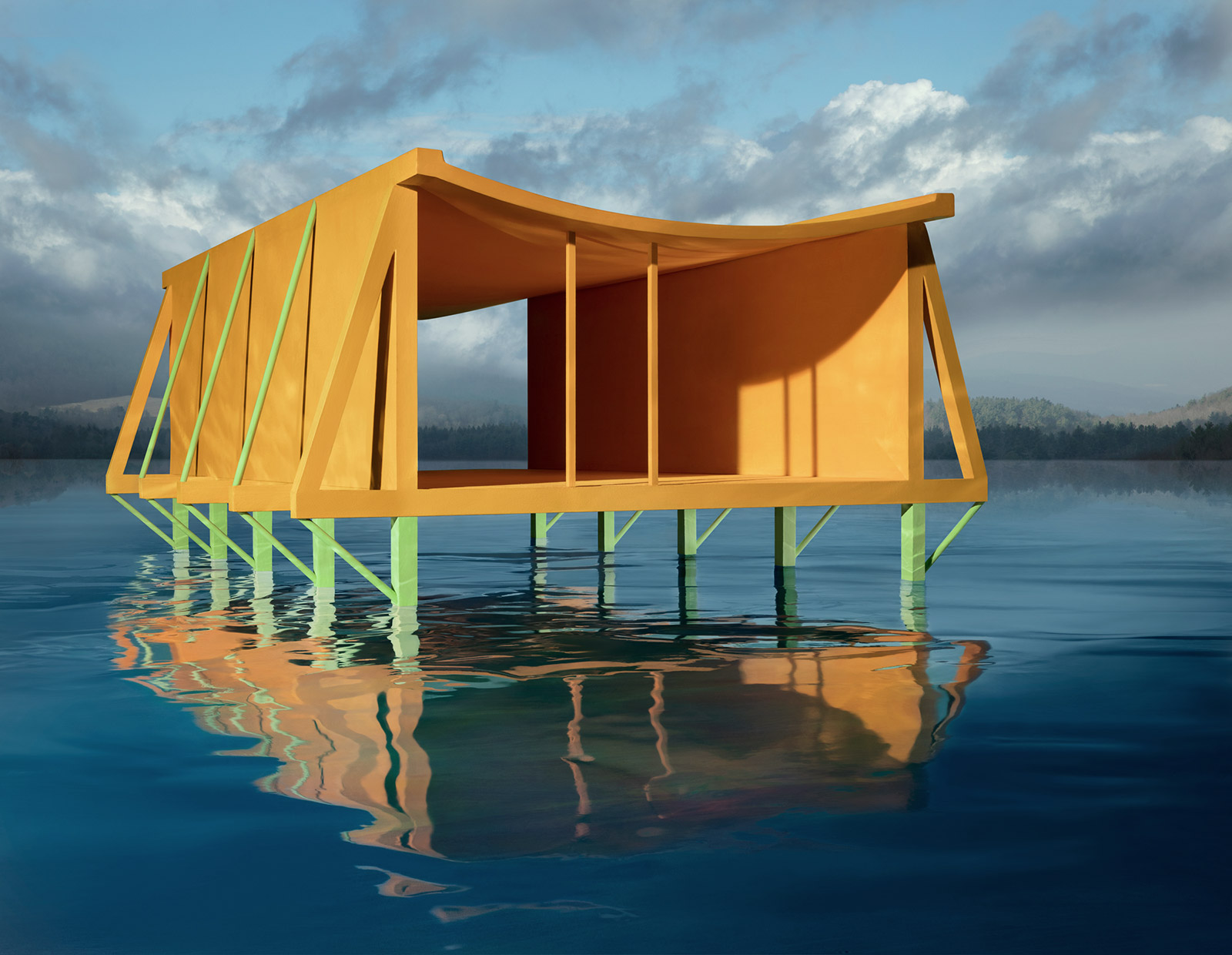
Orange House on Water, 2019, by James Casebere.
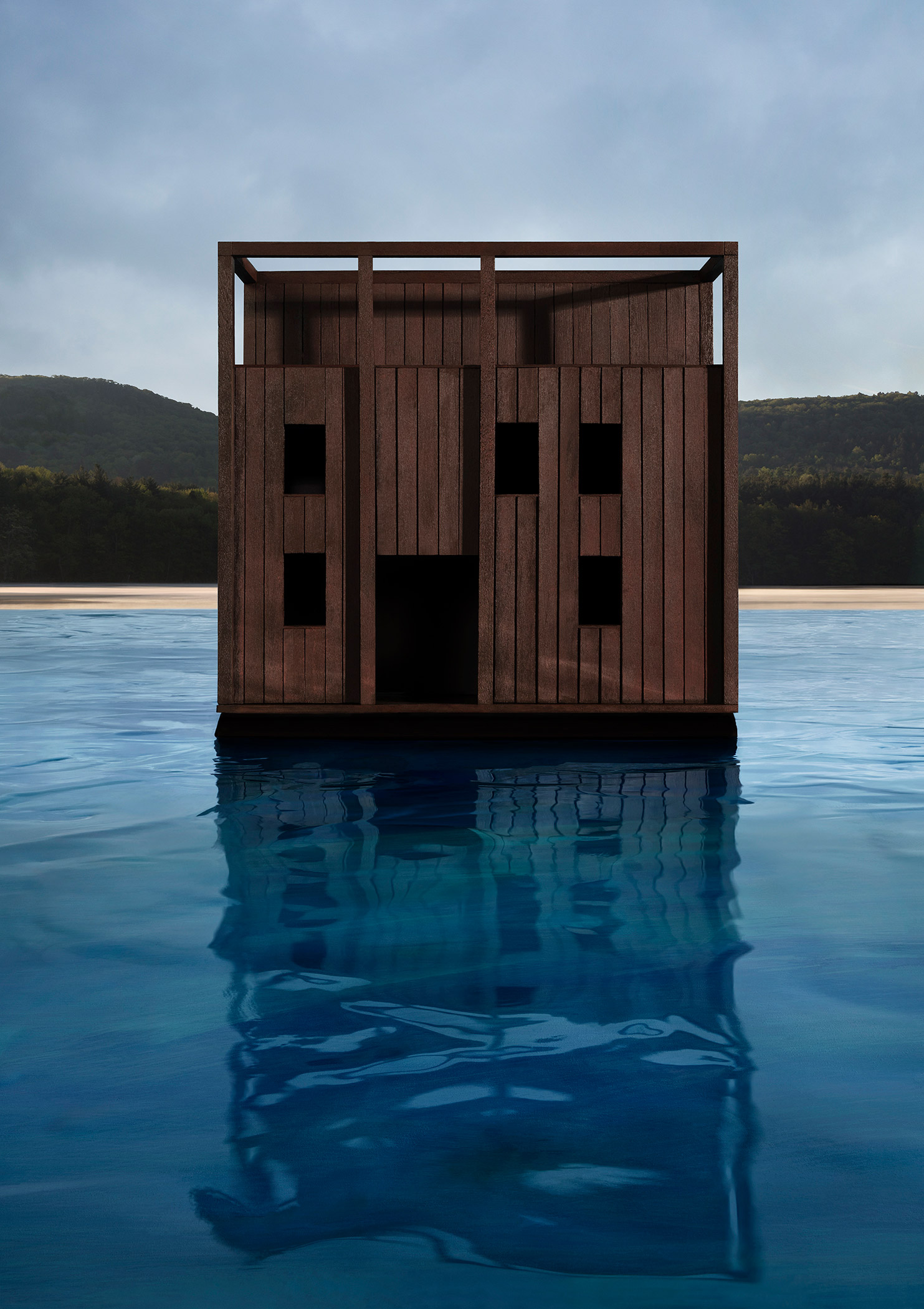
Dark Cube on Water, 2019, by James Casebere.
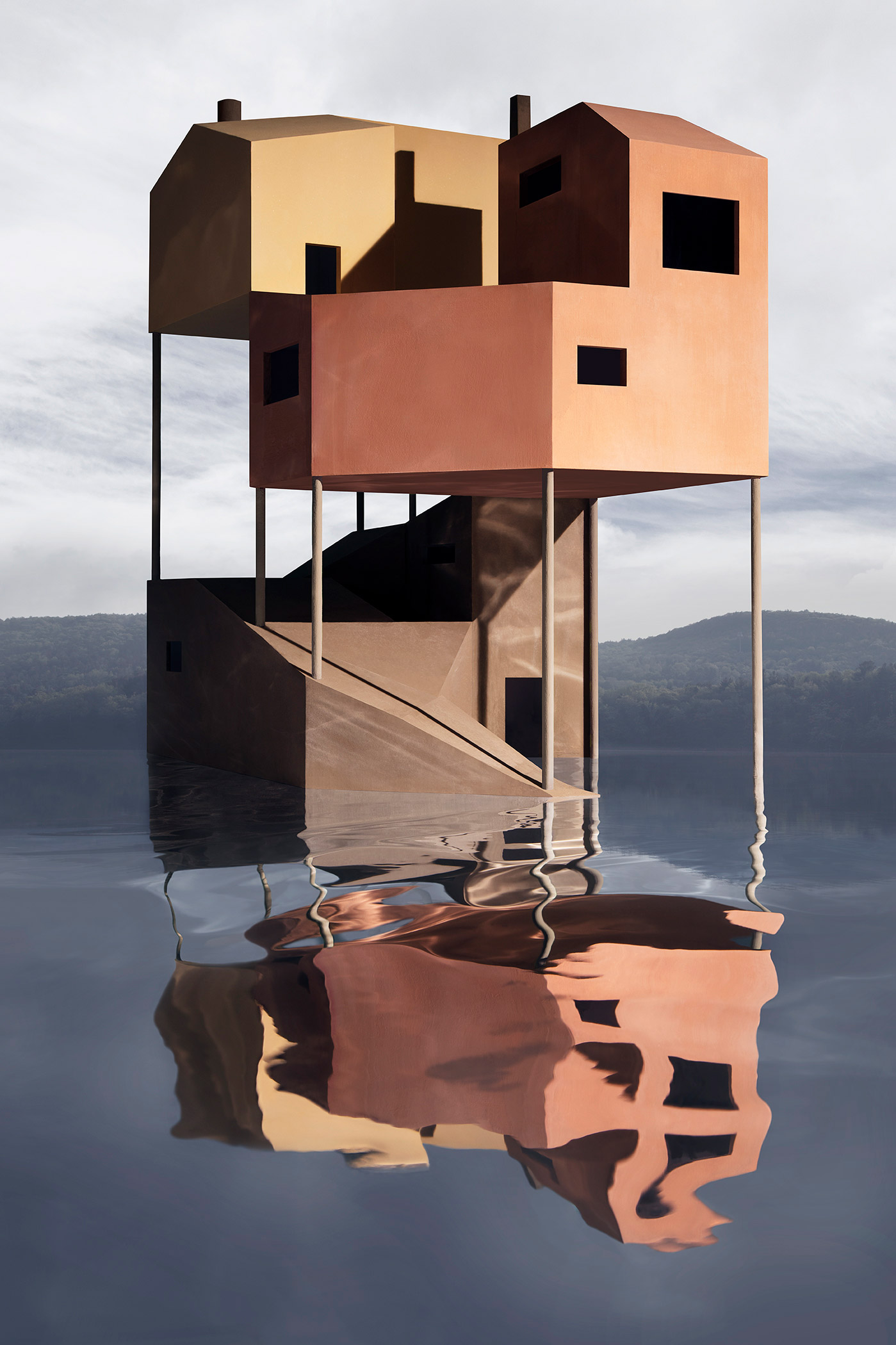
Industrial Overlap, 2019, by James Casebere.
INFORMATION
‘On the Water’s Edge’, until 7 March, Templon. templon.com
ADDRESS
Templon
30 Rue Beaubourg
75003 Paris
Receive our daily digest of inspiration, escapism and design stories from around the world direct to your inbox.
-
 Own an early John Lautner, perched in LA’s Echo Park hills
Own an early John Lautner, perched in LA’s Echo Park hillsThe restored and updated Jules Salkin Residence by John Lautner is a unique piece of Californian design heritage, an early private house by the Frank Lloyd Wright acolyte that points to his future iconic status
-
 20 things that positively delighted us in and around Design Miami this year
20 things that positively delighted us in and around Design Miami this yearFrom covetable 20th-century masterpieces to a tower made from ceramic pickles, these were the works that stood out amid the blur of Art Week
-
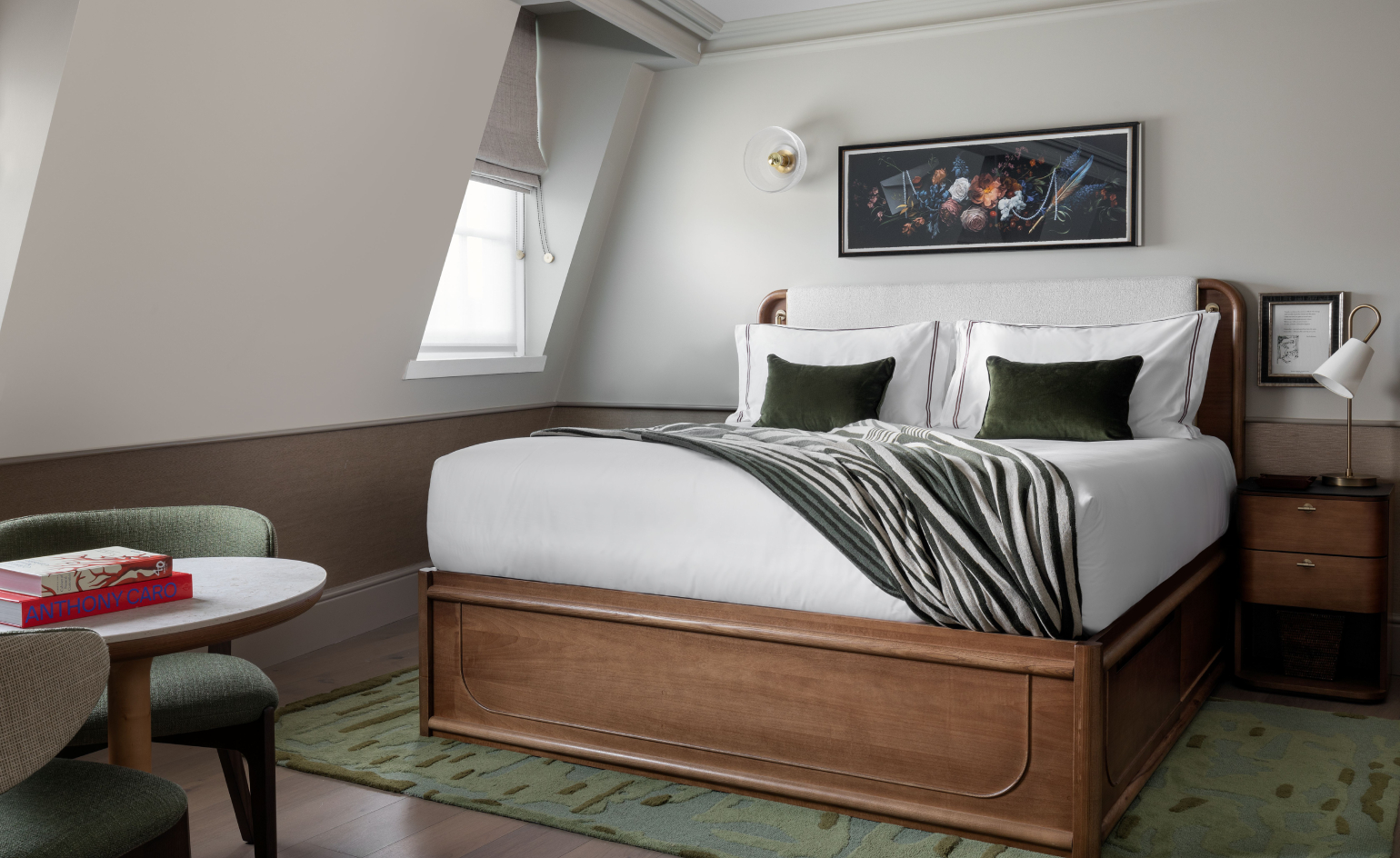 Montcalm Mayfair opens a new chapter for a once-overlooked London hotel
Montcalm Mayfair opens a new chapter for a once-overlooked London hotelA thoughtful reinvention brings craftsmanship, character and an unexpected sense of warmth to a London hotel that was never previously on the radar
-
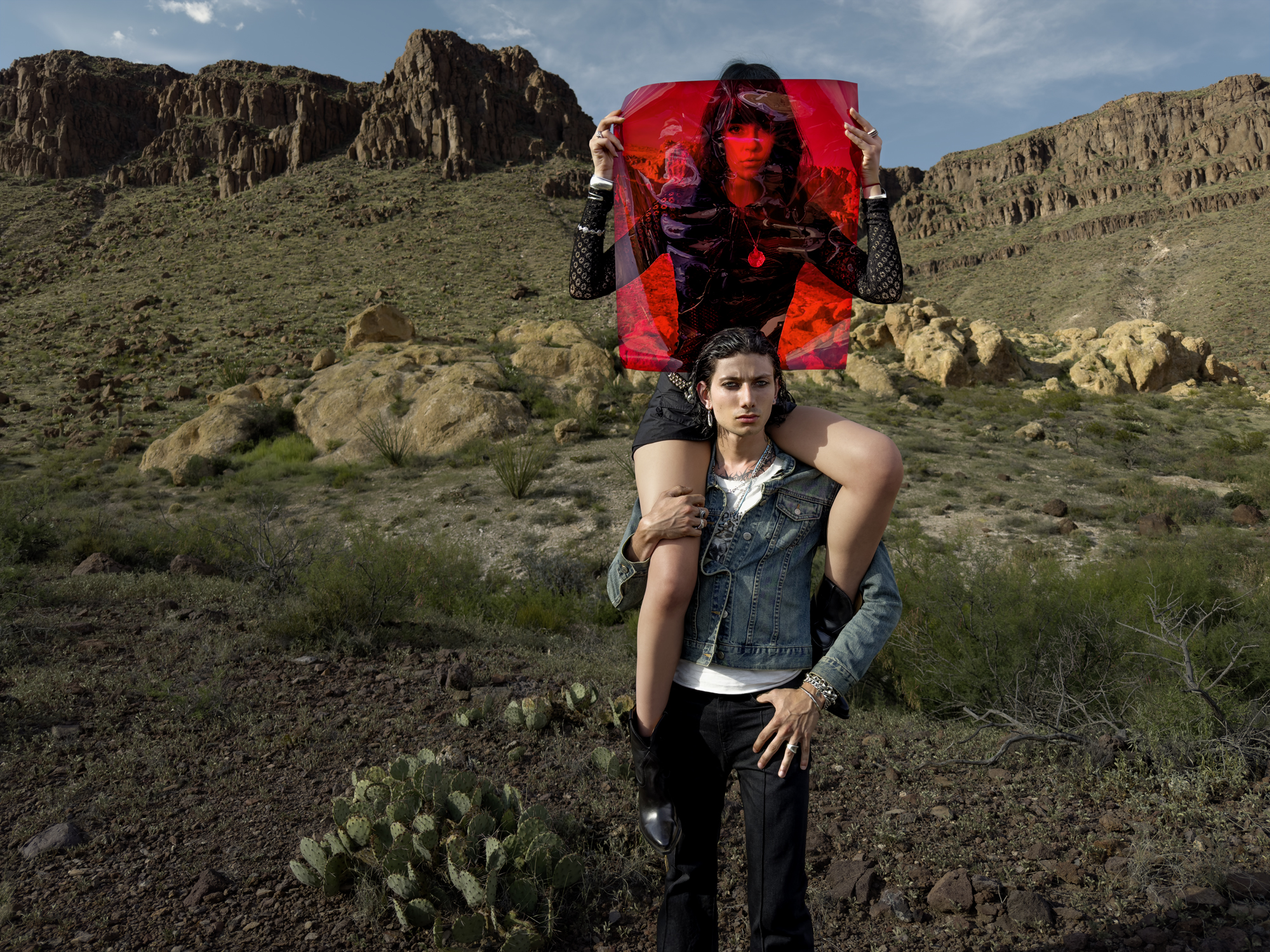 Inez & Vinoodh unveil romantic new photography series in Paris
Inez & Vinoodh unveil romantic new photography series in ParisA series of portraits of couple Charles Matadin and Natalie Brumley, created using an iPhone in Marfa, Texas, goes on show in Paris
-
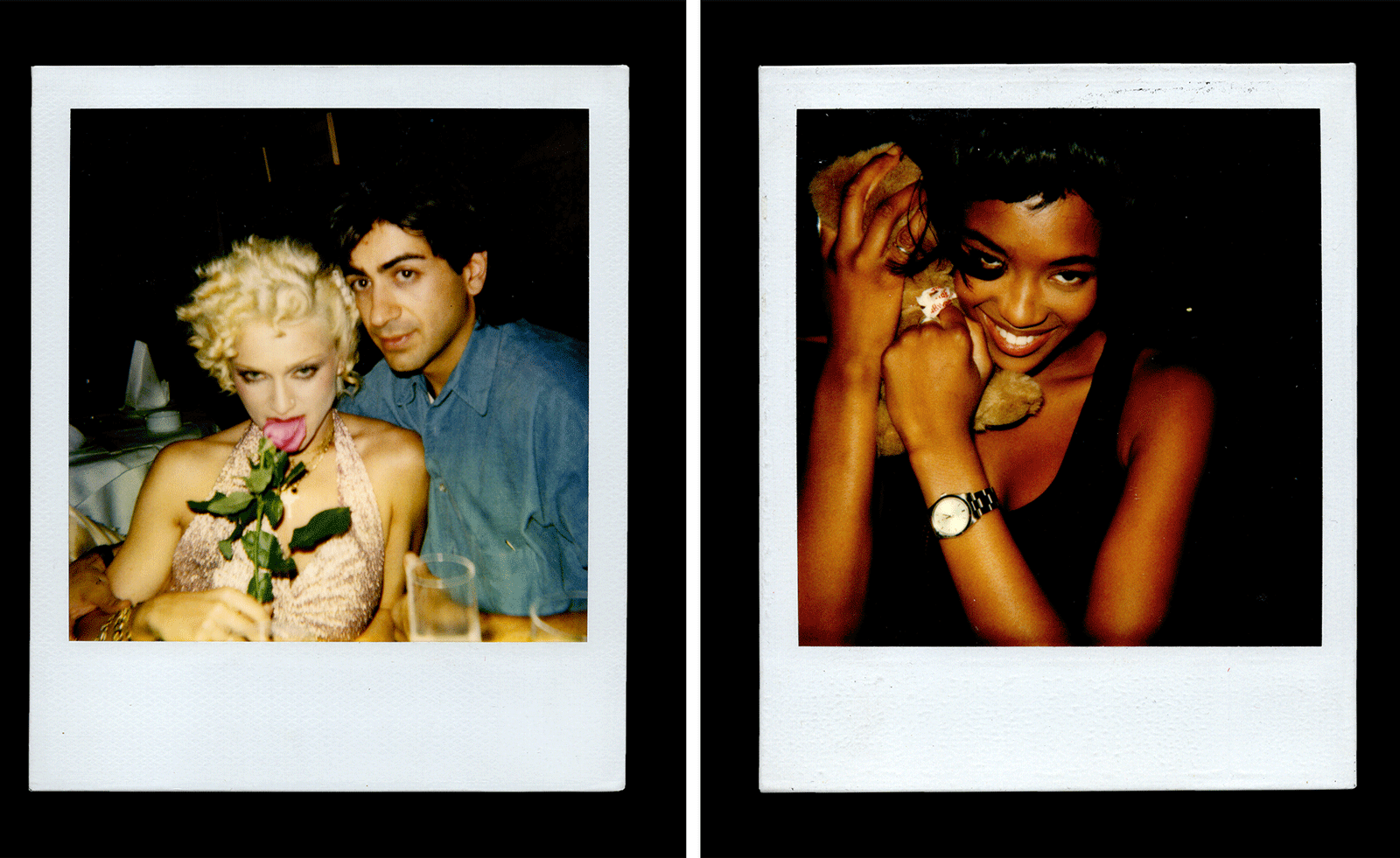 Inside Davé, Polaroids from a little-known Paris hotspot where the A-list played
Inside Davé, Polaroids from a little-known Paris hotspot where the A-list playedChinese restaurant Davé drew in A-list celebrities for three decades. What happened behind closed doors? A new book of Polaroids looks back
-
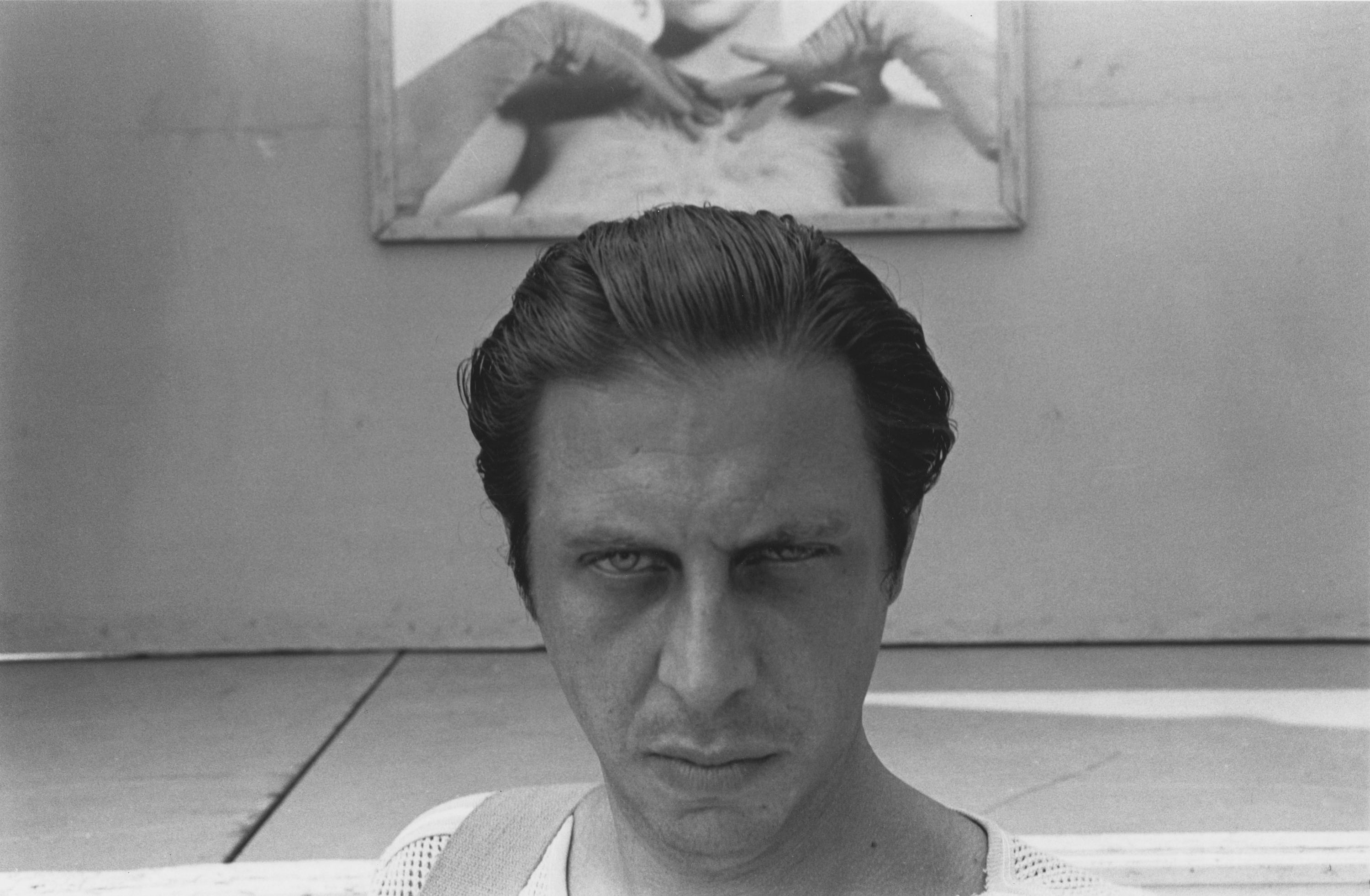 All eyes on Paris Photo 2025 – focus on our highlights
All eyes on Paris Photo 2025 – focus on our highlightsThe world's most important international photography fair brings together iconic and emerging names, galleries large and small – and there’s much to covet
-
 Ten things to see and do at Art Basel Paris 2025
Ten things to see and do at Art Basel Paris 2025Art Basel Paris takes over the city from 24-26 October. Here are the highlights, from Elmgreen & Dragset to Barbara Kruger and Dash Snow
-
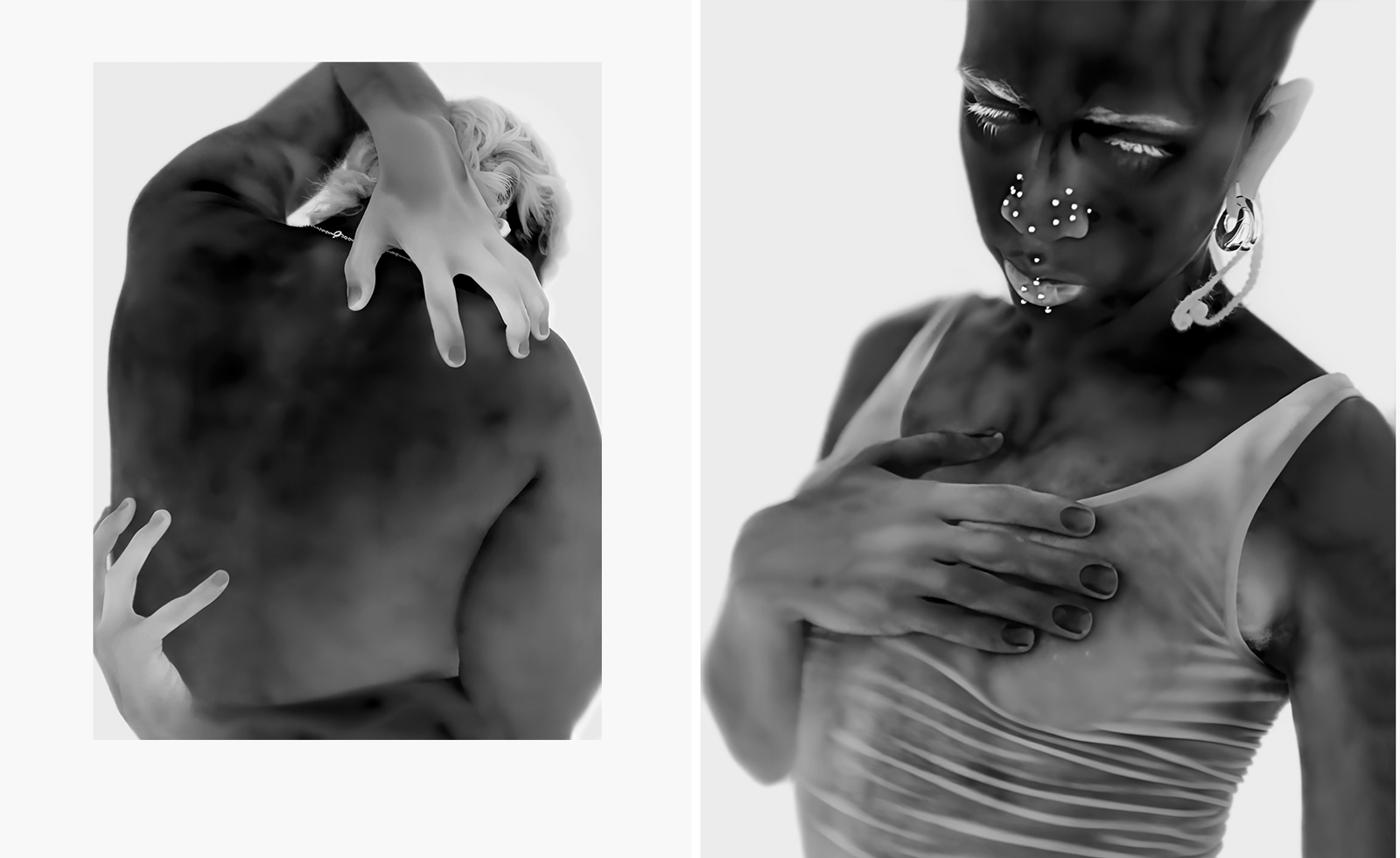 Yulia Mahr digs beneath the skin in her modern update of classic Greek statues in Paris
Yulia Mahr digs beneath the skin in her modern update of classic Greek statues in ParisIn 'The Church of Our Becoming', on view at the Courtyard at Dover Street Market Paris, Yulia Mahr celebrates real human bodies
-
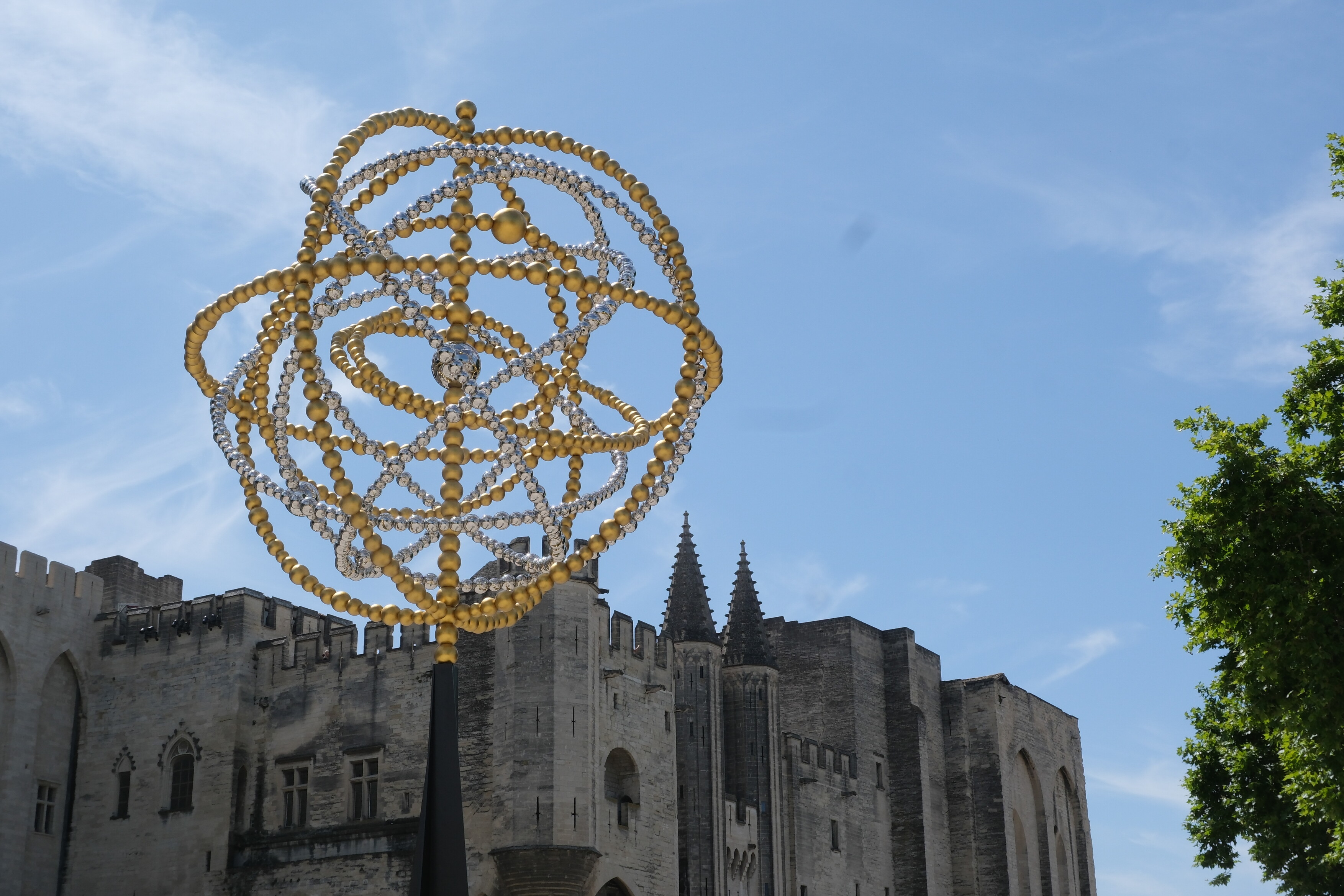 Jean-Michel Othoniel takes over Avignon for his biggest ever exhibition
Jean-Michel Othoniel takes over Avignon for his biggest ever exhibitionOriginally approached by Avignon to mark their 25th anniversary as the European Capital of Culture, Jean-Michel Othoniel more than rose to the challenge, installing 270 artworks around the city
-
 Joel Quayson’s winning work for Dior Beauty at Arles considers the theme ‘Face-to-Face’ – watch it here
Joel Quayson’s winning work for Dior Beauty at Arles considers the theme ‘Face-to-Face’ – watch it hereQuayson, who has won the 2025 Dior Photography and Visual Arts Award for Young Talents at Arles, imbues his winning work with a raw intimacy
-
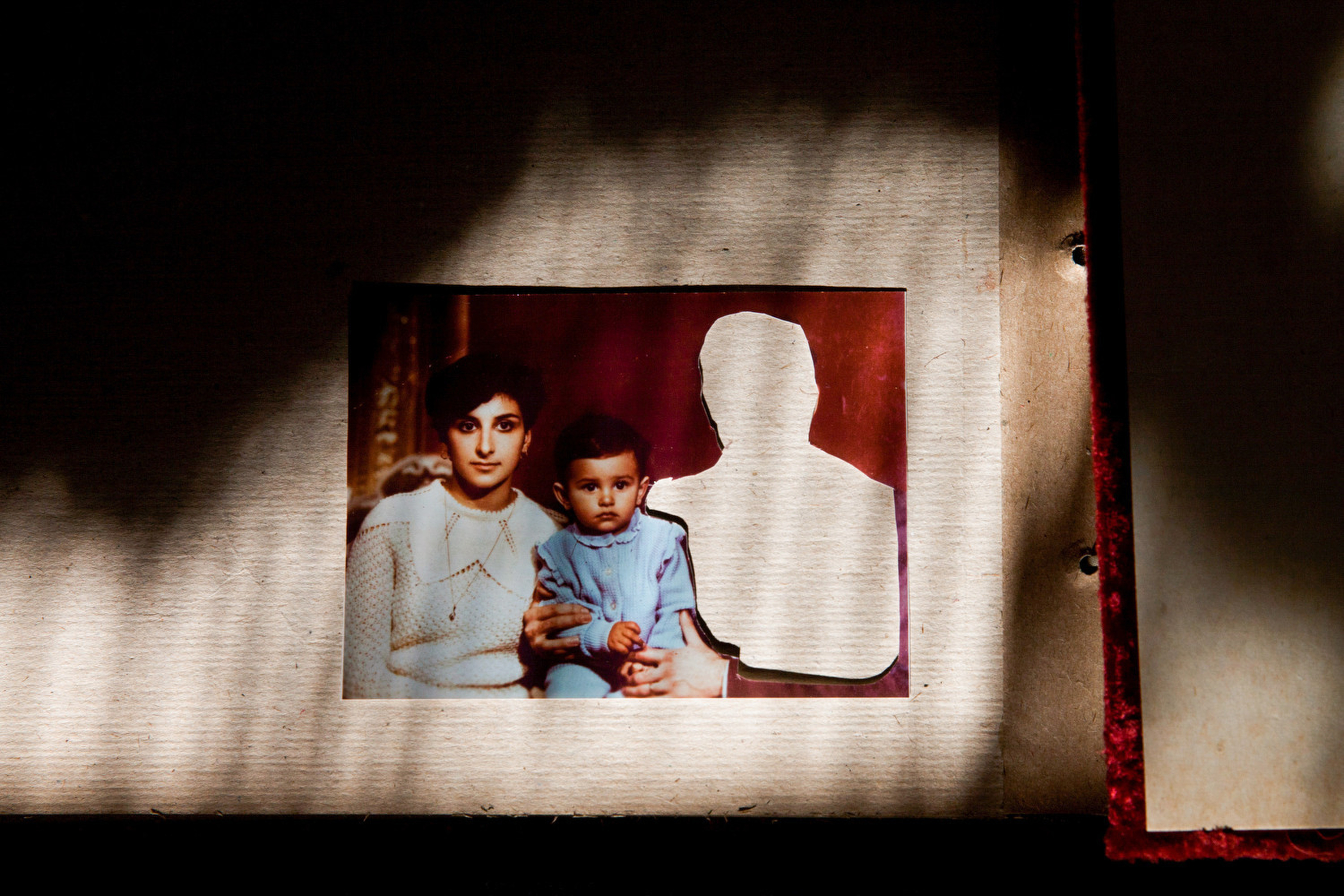 What to see at Rencontres d’Arles 2025, questioning power structures in the state and family
What to see at Rencontres d’Arles 2025, questioning power structures in the state and familySuppressed memories resurface in sharply considered photography at Rencontres d'Arles 2025. Here are some standout photographers to see